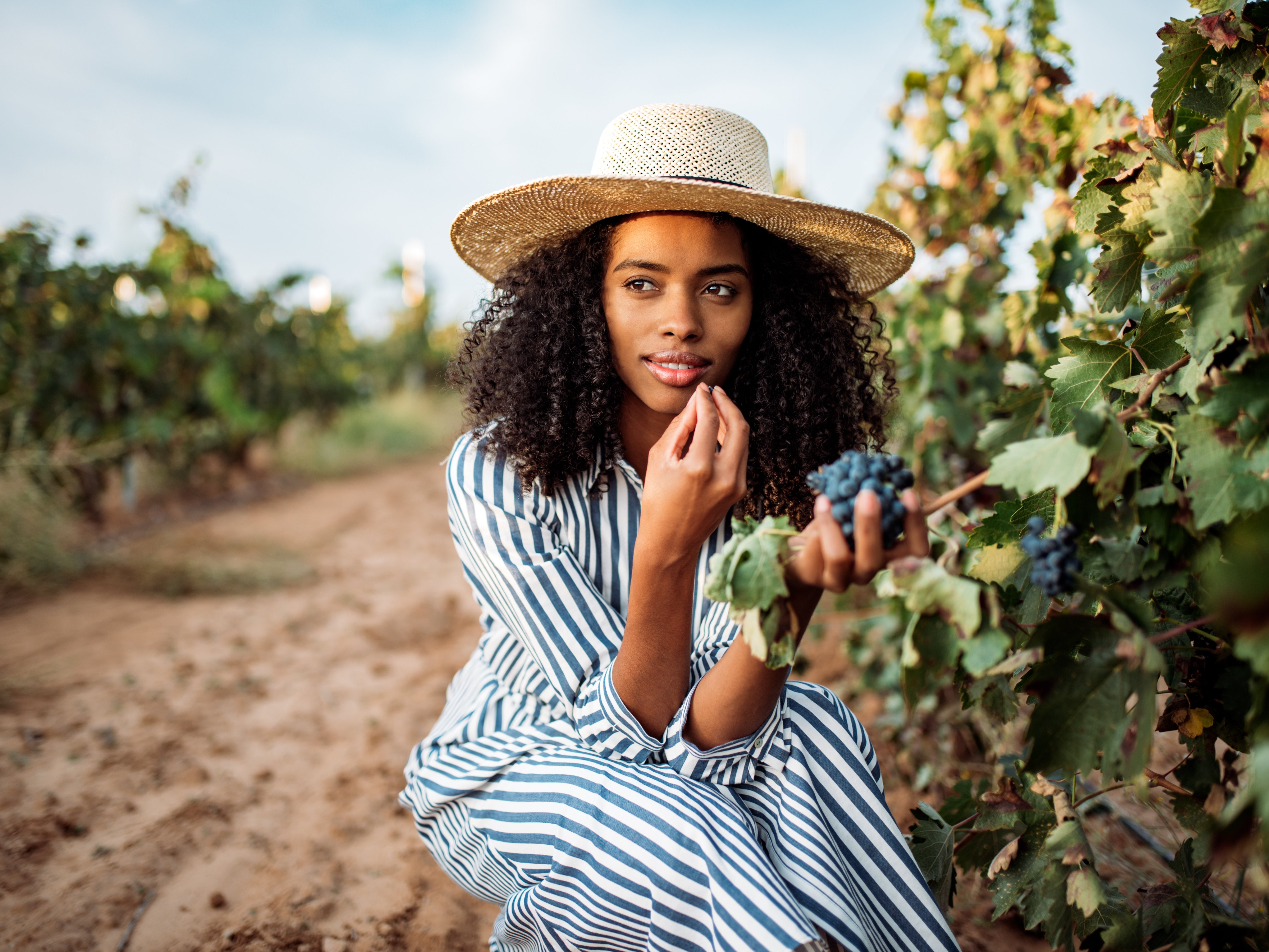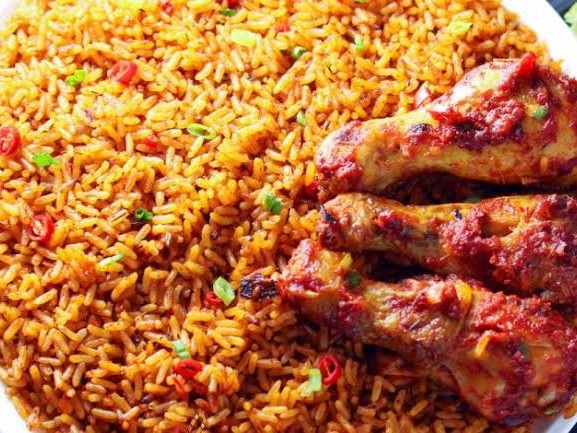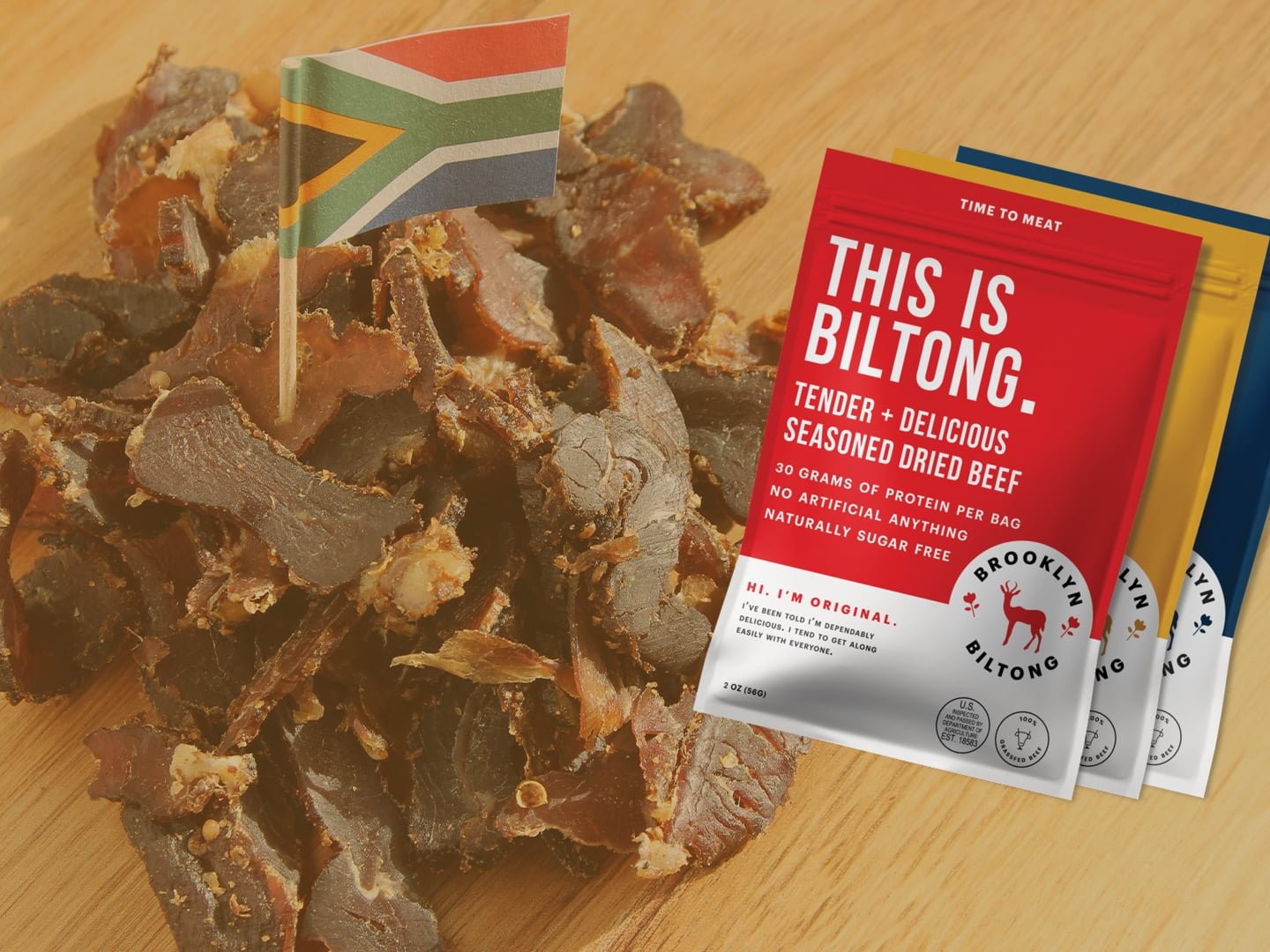Share this!
A Guide to Braai: Grilled Meat Galore
Unlike the dull skies and overcooked pork sausages associated with a British BBQ, a braai is almost as dynamic as the culture behind it, and of the people doing it. Any South African would agree that a braai is not simply the process of cooking dinner, so much as an occasion. They would also be horrified if you were to find yourself asking, “so is “braai” just another word for “barbecue”?” A braai is about the elements, and here’s a Guide to Braai to show how they’re executed.
The Fire

Before anything else, the fire must be perfect. There are traditionalists who will insist that you need to make a wood fire for a braai, but this is 2017 and there are no rules. It is up to you when it comes to whether you want to use wood or coals. For all intents and purposes, we’ll carry on this discussion assuming you are going to use coals.
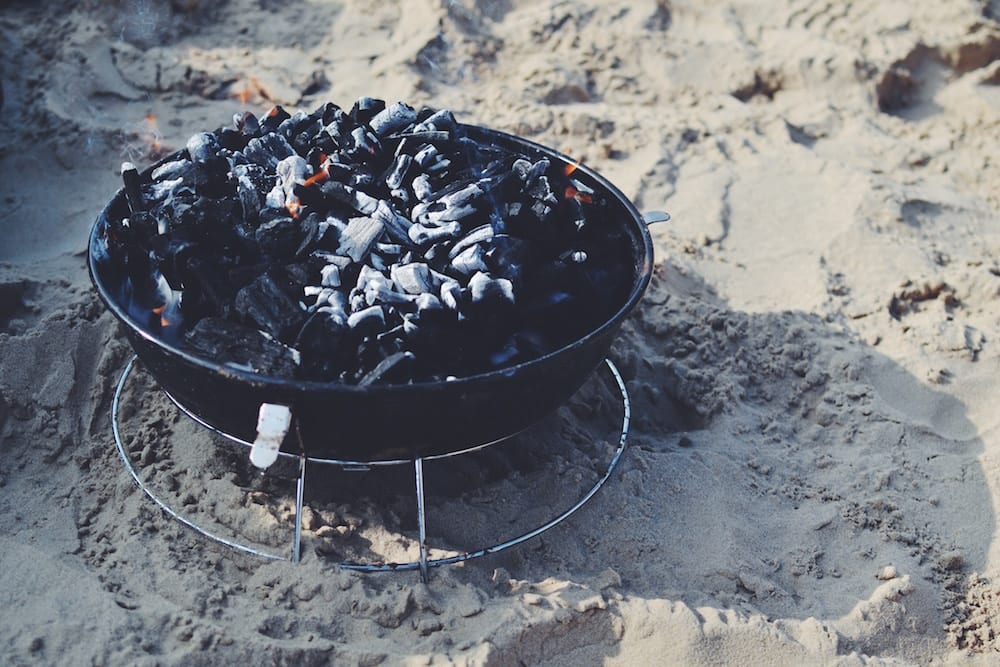
The coals can’t be so hot that they burn the outside, leaving the middle of your meat raw. They also can’t be too cold, or else you’ll find yourself waiting for hours for your food to be ready. The golden rule of thumb is that, once the coals are red, you should be able to hold your hand right by the grid for a couple of seconds. If it’s too hot to keep there, but not so hot you can’t last the couple of seconds, you’re ready for what’s arguably the best part of the braai…
The Meat
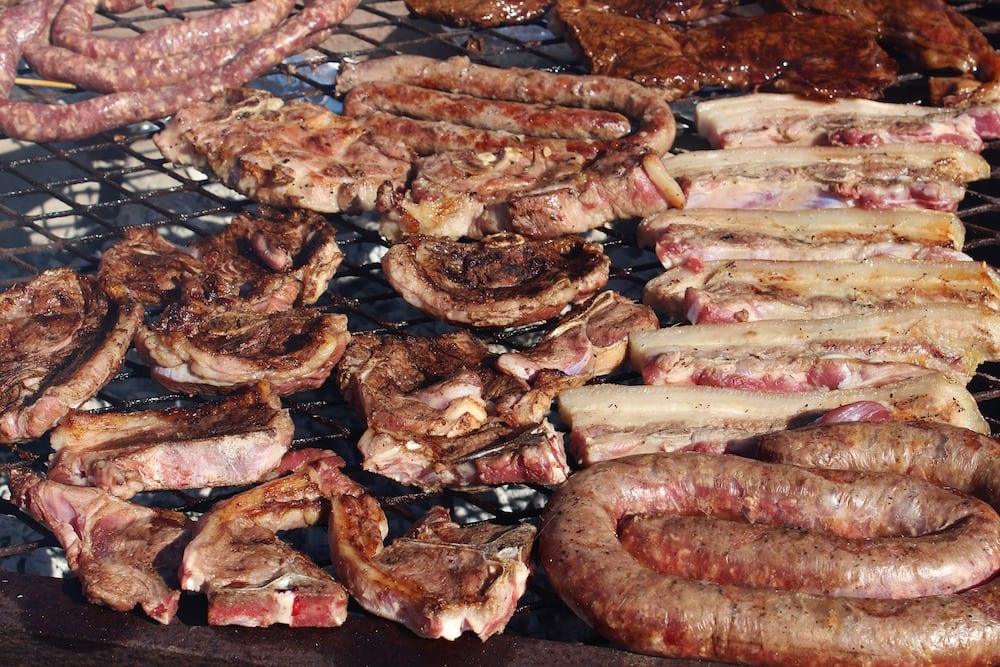
The meat is the heart of the true African braai. But don’t be fooled into therefore thinking that simply purchasing meat and leaving it over the heat. There’s a process, of course, and timing is everything. If you’re cooking chicken, for instance, you’ll want to have that cooking a bit before you start on the boerewors sausage. Moreover, you need to keep an eye on those flames – smokey braai meat is delicious, unless you overdo it and it turns to ash.
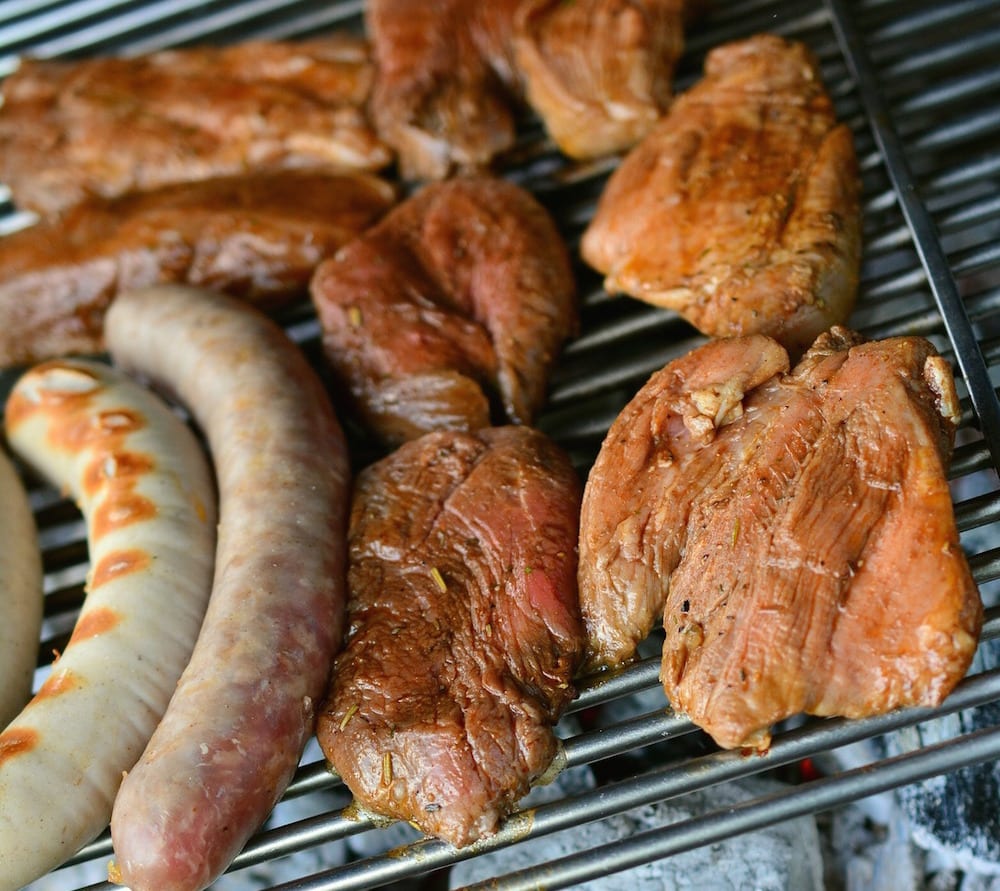
Here’s a handy tip when cooking food that you’ve marinated – which, if it’s truly a braai, you should do. Do not put your meat back into the dish it was marinated in. This may seem like common sense, or it may cause you confusion. But it’s actually very important and some people just don’t know. Cooking the meat gets rid of all the bacteria that it had. This means that the uncooked, leftover marinade in your dish is not free of those germs. This is, obviously, most important when it comes to cooking chicken, as salmonella is not something you want to be using as a sauce for your meat! Always put your meat into a fresh tray or container once it has been cooked.
The Extras
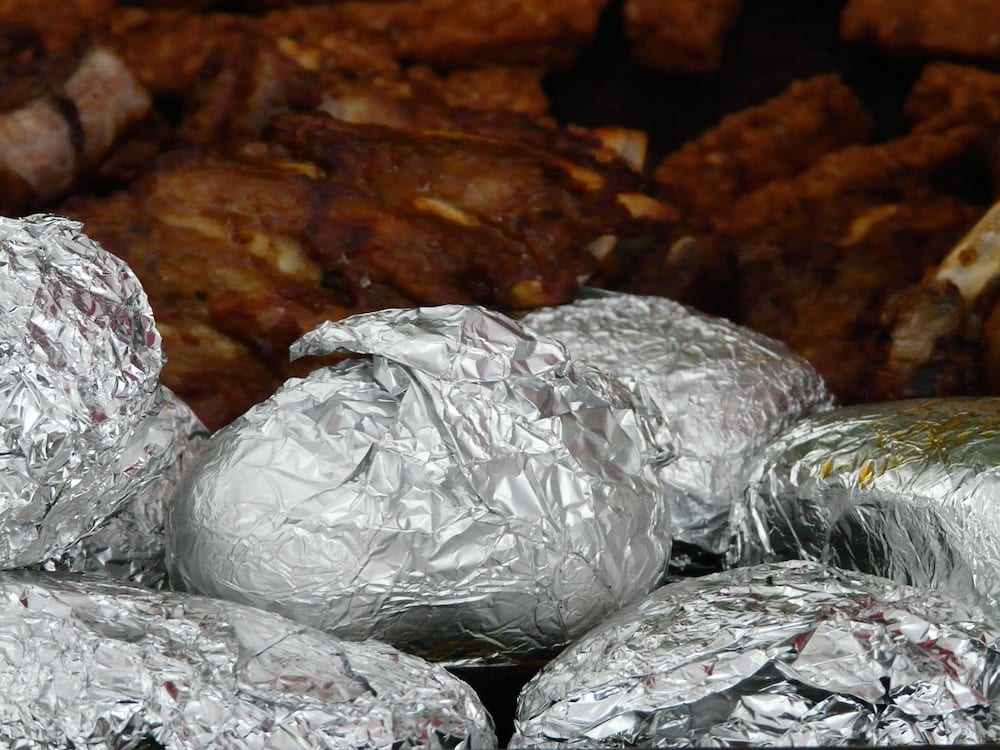
Almost as important as the meat and the fire is the food that is served alongside the braai meat. Typically, you could expect a spread of salads and some form of potato. The most popular way to cook potatoes for a braai is baking them. However, this isn’t simply the process of popping them in the oven like you might be used to when baking potatoes. Instead, you can wrap them up in tin foil – after a light basting in olive oil or butter, and perhaps some herbs – and just put them on the braai next to your meat. It’s just as easy to do the same with some peppers, or any other vegetables of your choice. The more variety, the better!
The Event
You could have the perfect fire, tenderly marinated meat cooked to perfection and a table set for two, yet somehow the braai wouldn’t seem quite like the tradition. Hosting or attending a braai is about community, friendship and shared meals. It’s less about you cooking food for your guests, and more about your guests partaking in the food-making process. A braai, if nothing else, is a uniquely African event.
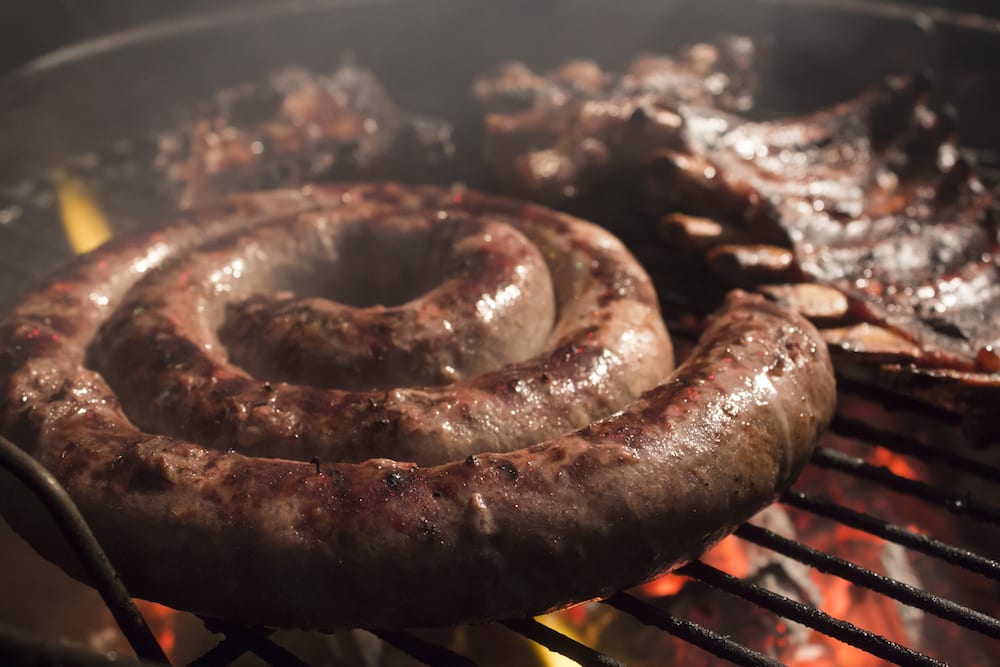
Essentially, the differentiating factor between simply barbecuing your meat and having a braai is the feeling of unity and food spirit that comes with it. Food moves away from just being the means to an end and into a space where it is the main event in itself, providing a space for people to join together to create food.
Did you like our Guide to Braai? Check out our list of 5 Braai Chefs Everyone Should Know!




